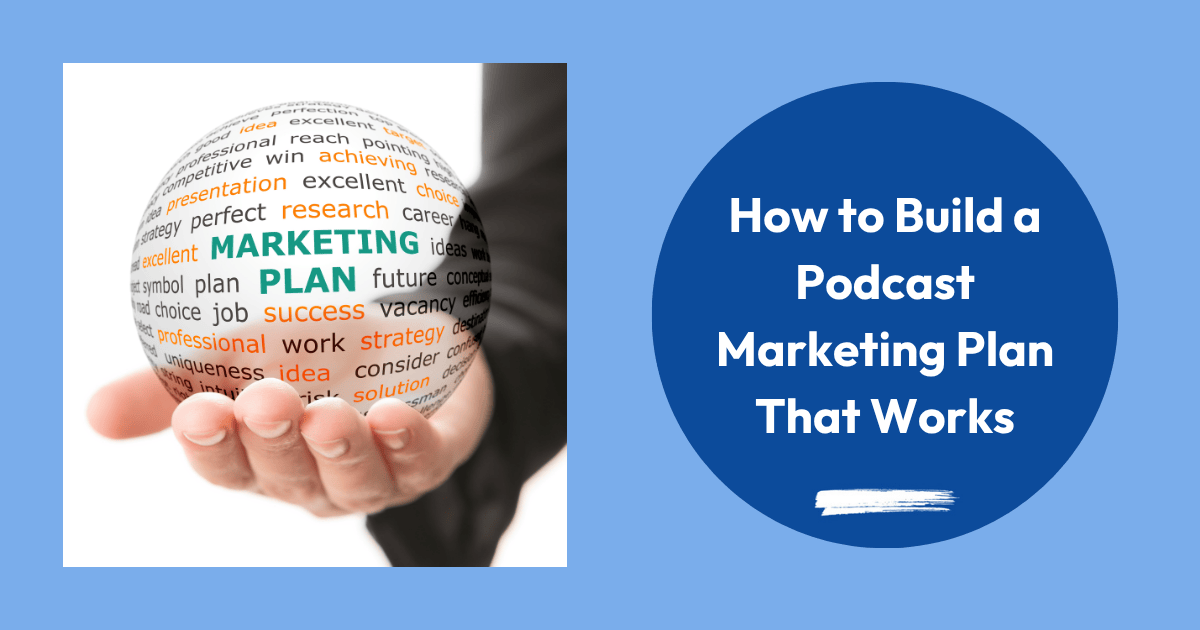
Launching a podcast is just the beginning. In a sea of shows competing for attention, a smart marketing plan is what separates thriving podcasts from those that fade into obscurity. Whether you're a seasoned podcaster or starting your first show, having a clear marketing strategy can dramatically increase your reach, grow your listener base, and turn casual listeners into loyal fans.
In this guide, we'll walk you through how to build a podcast marketing plan that actually works—from branding to audience engagement.
1. Define Your Podcast Brand
Before promoting your podcast, get clear on what you're promoting. A strong podcast brand includes:
-
A clear niche or topic: What’s your show really about? What unique angle do you bring?
-
A compelling name and logo: Is it memorable? Does it reflect your topic and tone?
-
Consistent visual and audio identity: Use the same color palette, fonts, and intro music to make your podcast instantly recognizable.
- Have a name that uses keywords and is obvious as to what the show is about.
Tip: Think of your podcast as a mini media brand. How would you describe it in one sentence?
2. Know Your Audience Inside and Out
Marketing only works if you know who you're talking to. Build listener personas by asking:
-
Who are they (age, profession, interests)?
-
What problems do they have?
-
What podcasts are they already listening to?
You should survey your potential audience to find out what they need from your show. You can use the built in audience survey in Podpage. Once you have a clear picture, tailor your messaging to speak directly to them. Get feedback before you launch.
3. Optimize Your Podcast for Discovery
Make it easy for people to find your show:
-
Use SEO-friendly episode titles and descriptions: Include keywords your audience might be searching for.
-
Submit your podcast everywhere: Apple Podcasts, Spotify, Google Podcasts, Stitcher, and beyond.
-
Use attractive cover art: It’s often the first impression new listeners get.
-
Make sure you are listed in all the directories (Apple, Spotify, and more).
Pro Tip: Repurpose your content into blog posts to improve search visibility.
4. Promote Every Episode Strategically
Each episode is an opportunity to grow your audience. Use a checklist to make sure you:
-
Post on all social media channels (with episode snippets, graphics, or quotes)
-
Email your list with a link and reason to tune in
-
Cross-promote on other podcasts or platforms
-
Ask guests to share with their followers
Don’t just say “new episode out now”—tell people why they should care.
5. Engage With Your Audience
Successful podcasts don’t just broadcast—they build community.
-
Ask listeners to leave reviews or send questions
-
Respond to listener messages and feedback
-
Host giveaways or contests
-
Create a Facebook group or Discord community for fans
The more your audience feels connected, the more likely they are to stick around and spread the word. Podpage has a built in voicemail feature.
6. Track What’s Working (and What’s Not)
Analytics are your friend. Use tools like:
-
Apple Podcasts & Spotify dashboards
-
Download numbers from your media host
-
Social media and email performance metrics
Ask: What episodes are getting the most traction? Where are new listeners coming from? What’s driving engagement?
TIP: You can see how far people listen/watch in the Apple and Spotify dashboards. Then double down on what’s working—and tweak what isn’t.
7. Keep Experimenting
No marketing plan is ever "done." Try new formats, promotional tactics, or content series. Some ideas:
-
Collaborate with influencers or creators in your niche
-
Run paid ads on social or podcast platforms
-
Host live recordings or Q&A sessions
Test, iterate, and evolve—just like your audience’s interests.
Final Thoughts
A podcast marketing plan isn’t a one-size-fits-all checklist—it’s a living, evolving strategy built around your goals, your voice, and your audience. What works for one podcast may not work for yours. Stay authentic, stay consistent, and remember: great content deserves to be heard—but it takes smart marketing to make that happen. Keep in mind you should


